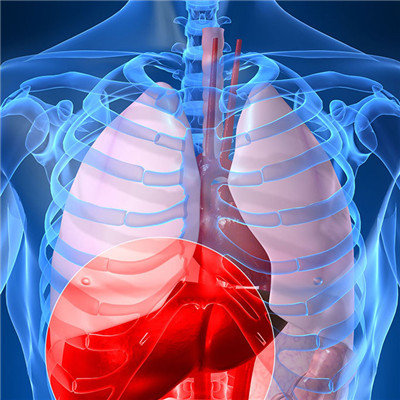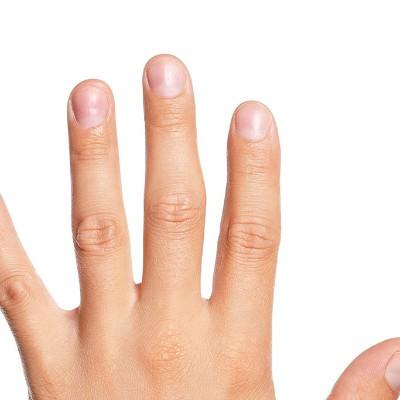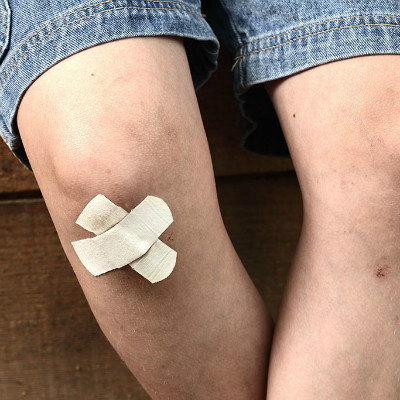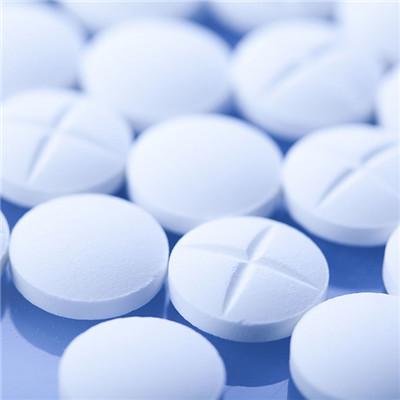The difference between subcutaneous hemorrhage and purpura?
summary
The common subcutaneous bleeding point on our skin is actually called ecchymosis in clinic, and the cause is abnormal coagulation function. This kind of performance is easy to be considered as purpura, mainly because purpura also has similar symptoms, just sick when there are often subcutaneous bleeding points, so many people are difficult to distinguish, thus delaying the treatment of purpura disease. The difference between subcutaneous hemorrhage and purpura? Let's talk about it
The difference between subcutaneous hemorrhage and purpura?
Ecchymosis mainly refers to the skin, mucous membrane and other parts of the hemorrhagic patchy lesions, often showing the skin particles bleeding point. When you have ecchymosis, it means that you may have a blood disease, or some diseases known as bleeding, coagulation abnormalities. Purpura, also known as self-made, is mainly manifested in the blood overflowing below the skin, mucous membrane and other parts. The patients' lower limbs, buttocks or limbs will appear ecchymosis and ecchymosis, and the pressing will not fade. It is common in children and adolescents. So, what are the differences between ecchymosis and purpura? Let's get to know.
The causes of the disease are different. There are many differences between ecchymosis and purpura. Let's first understand the causes of ecchymosis. There are many causes of ecchymosis, such as external factors, vascular factors and platelet factors. If there is degeneration, atrophy and relaxation of the surrounding tissue of blood vessels, it will lead to the support strength of blood vessels become weak, prone to bleeding, resulting in ecchymosis. Extravascular factors are common in senile and cachectic purpura. The capillary of patients can cause rupture and bleeding as long as it is slightly impacted by external force. There are many factors of purpura, not only allergic reaction caused by allergic factors, resulting in immune function disorder and so on. It may also be that there are pathogenic factors in the body, resulting in blood vessel wall damage and bleeding point.
Both symptoms are different. Ecchymosis can be seen in many diseases, such as epidemic hemorrhagic fever, cerebrospinal meningitis, sepsis, trauma and allergic purpura. More common in patients with oral mucosa, chest back, armpit and other parts, there will be different sizes of bleeding points, mainly strip-shaped and scratch like. The incidence of purpura is more acute, the more common is bleeding. In addition to purpura on the skin and mucous membrane, patients will also have symptoms such as epistaxis, toothache, bloody stool and blood in urine, and severe patients will collapse. Henoch Schonlein purpura is a serious disease, I hope you pay attention to it.
matters needing attention
We must not ignore this subcutaneous bleeding point, even if it will disappear after a few days. If you find this situation, go to the hospital to check the blood routine and coagulation four, rule out the possibility of serious illness.













